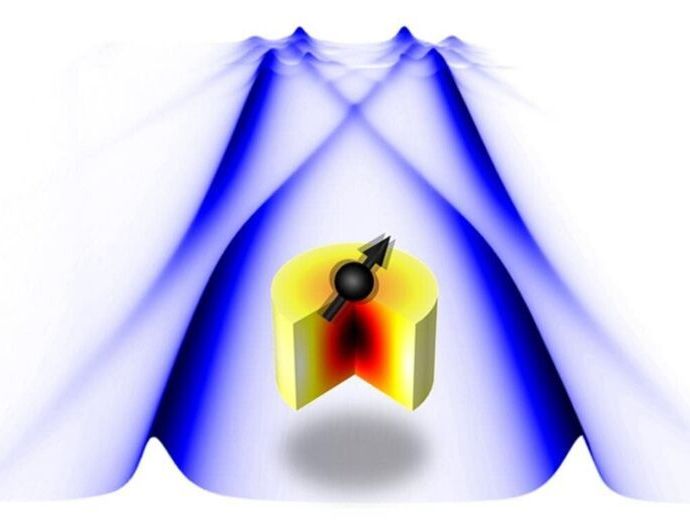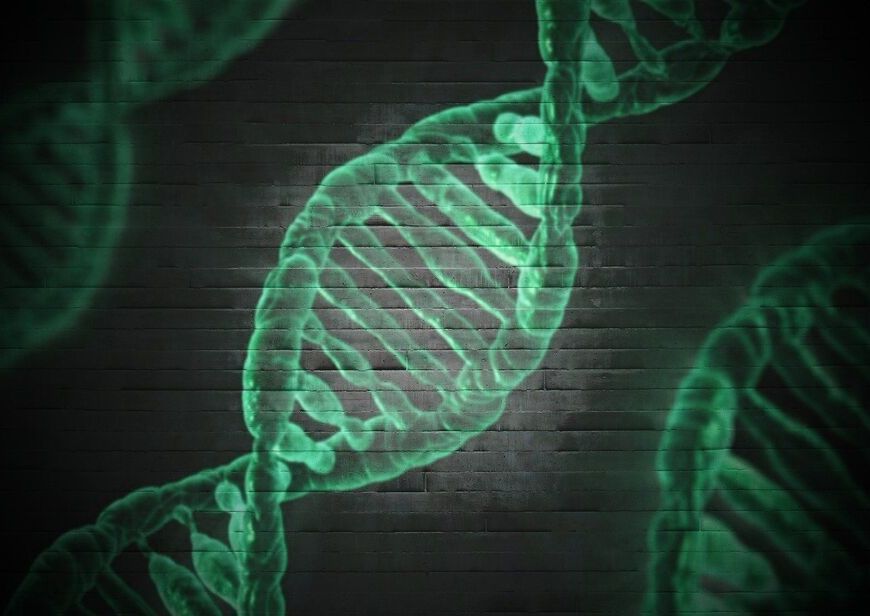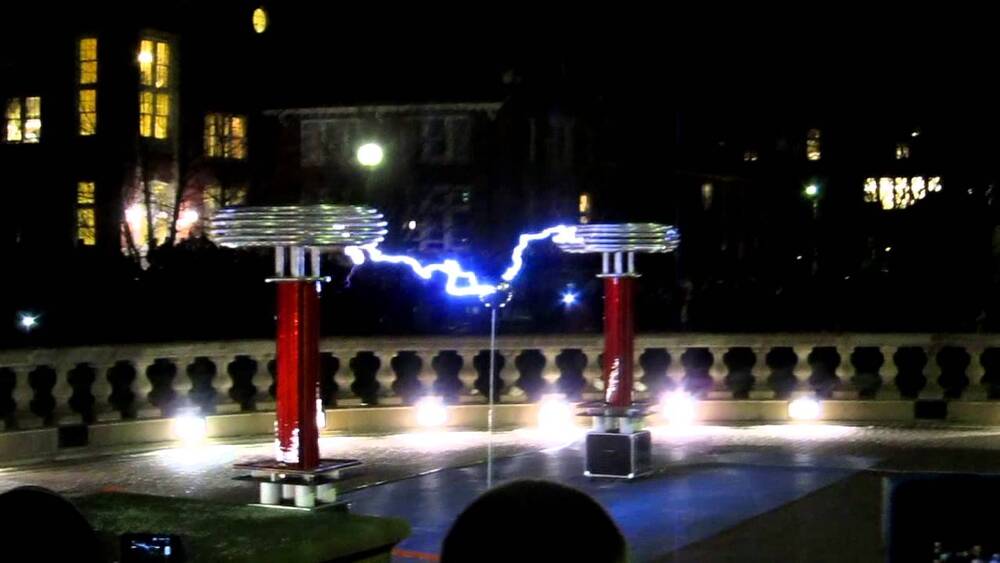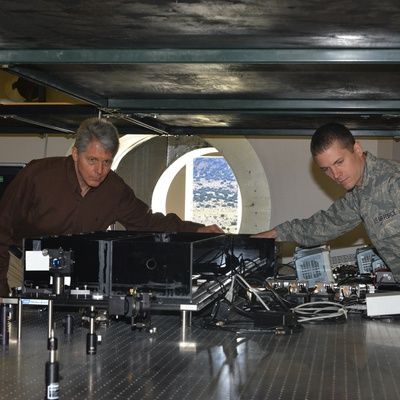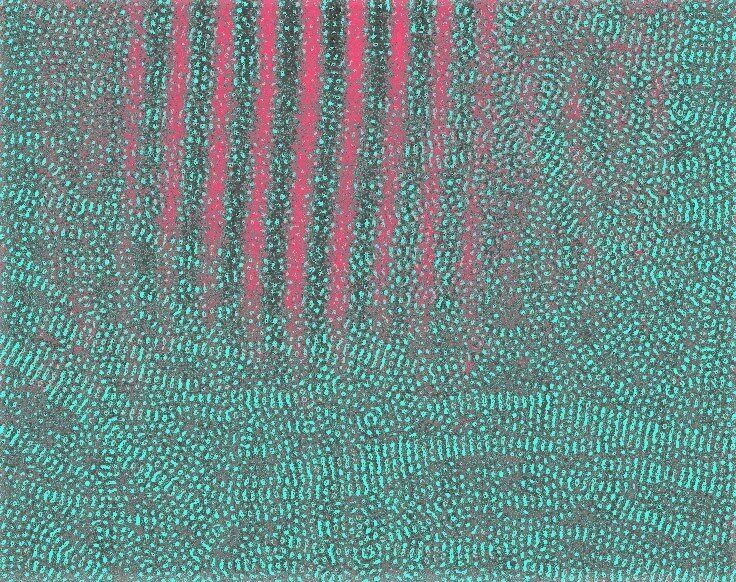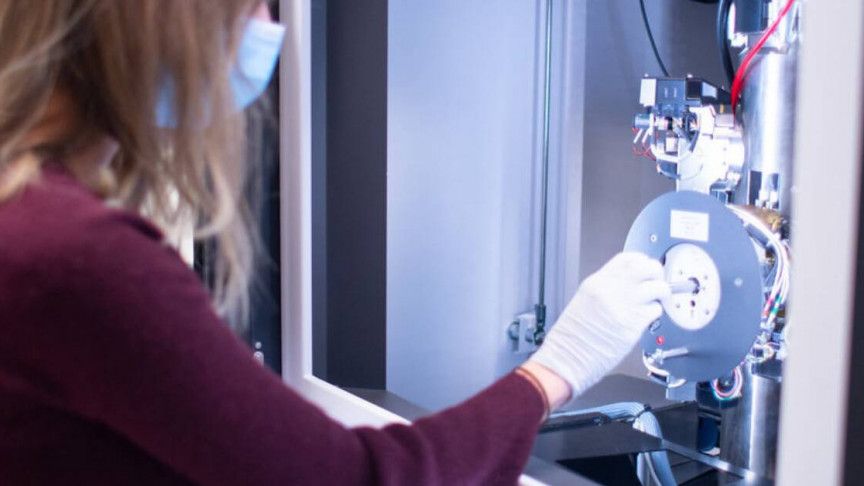Jan 13, 2021
Pivotal discovery in quantum and classical information processing
Posted by Saúl Morales Rodriguéz in categories: engineering, particle physics, quantum physics
Working with theorists in the University of Chicago’s Pritzker School of Molecular Engineering, researchers in the U.S. Department of Energy’s (DOE) Argonne National Laboratory have achieved a scientific control that is a first of its kind. They demonstrated a novel approach that allows real-time control of the interactions between microwave photons and magnons, potentially leading to advances in electronic devices and quantum signal processing.
Microwave photons are elementary particles forming the electromagnetic waves that we use for wireless communications. On the other hand, magnons are the elementary particles forming what scientists call “spin waves”—wave-like disturbances in an ordered array of microscopic aligned spins that can occur in certain magnetic materials.
Microwave photon-magnon interaction has emerged in recent years as a promising platform for both classical and quantum information processing. Yet, this interaction had proved impossible to manipulate in real time, until now.
